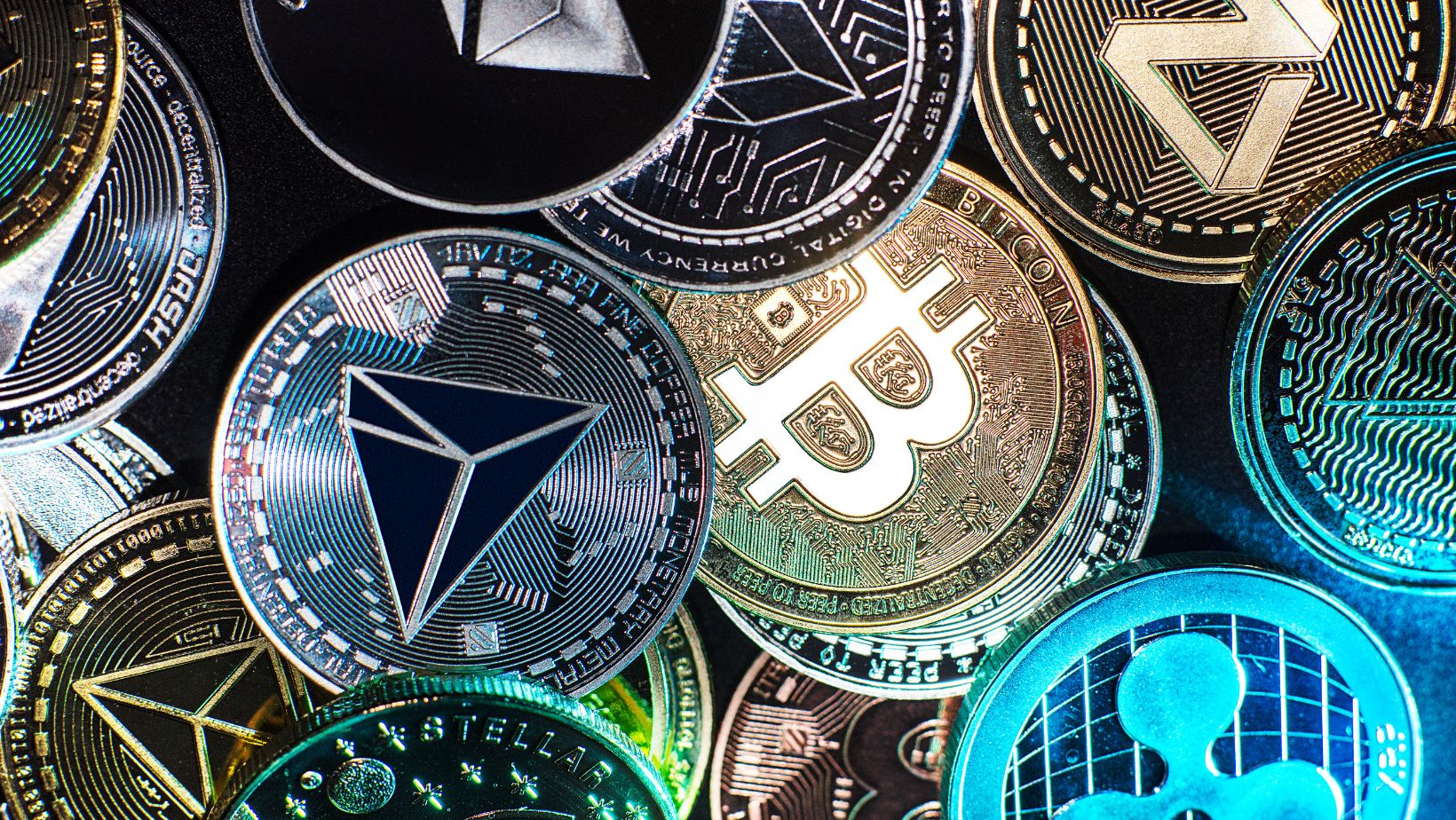The crypto space is progressing at breakneck speed, driven by rising investor appetite for various related products and increased SEC tolerance. Bitcoin and Ethereum ETFs have been in the spotlight since they entered the market, and now cryptos like XRP, DOGE, and SOL are entering the public eye. Soon, you might not only be limited to learning how to XRP or XRP futures contracts; you’ll likely have XRP spot ETFs available. Major asset managers are submitting applications in light of the recently relaxed SEC requirements for crypto exchange-traded funds (ETFs) approval, and as the watchdog has slashed approval times, investors are no longer in suspense for ages. Issuers used to struggle with red tape and miss out on opportunities to diversify their clients’ portfolios, and regulators turned their backs. Right now, the stumbling blocks are gone. And with them out, we’re beginning to truly understand ETFs, from their inception to their role and their weaknesses.
The Emergence Of Cryptocurrency ETFs
The U.S. shied away from crypto ETFs for a long period before their emergence, while Canada and Europe were more tolerant. When the first ETF ever – the spot Bitcoin ETF registered as ProShares Bitcoin Strategy ETF (BITO) – broke out, big asset managers entered a phase of bullishness, waiting for their crypto ETF submissions to receive approval, too. But this ETF didn’t hold Bitcoin per se; it held Bitcoin futures contracts instead. BITO became the second-most traded ETF in history on the day it debuted, with over 24BN shares bought and sold, indicating a huge desire from investors to expose their portfolios to Bitcoin in more varied ways.
Fast forward to January 2024, the first U.S. spot Bitcoin ETFs finally dropped after years of prolonged delays from the SEC, and marked a major leap forward for the whole crypto market. The funds, offered by Grayscale, Fidelity, BlackRock, and more, brought in billions in trading volumes when they first debuted, and established records in the history of ETFs. Spot Ethereum ETFs followed in Bitcoin’s footsteps and entered the market by the middle of this year, clearing the path for other altcoin application submissions to follow.
By the middle of 2025, requests for funds connected to SOL, XRP, and other cryptos began flooding the SEC’s agenda, in part thanks to the updated approval rules.
Crypto investment products began diversifying and gaining traction, as this gradual evolution from futures-based funds to spot exchange-traded funds on the market demonstrates. It’s a combination of increased regulatory tolerance and rising investor demand, and the behavior persists.
Why ETFs Matter
ETFs are appealing to the broader crypto market because they make it easier for retail and institutional investors alike to gain exposure to crypto, without needing to directly manage private keys, wallets, or custody risks as they do on online crypto exchanges. Crypto ETFs also modernize how investors interact with the perceivably intricate realm of crypto investments, eliminating the complex and oftentimes intimidating aspects of direct crypto holding, like understanding the ins and outs of blockchain technology.
Lastly, ETFs exist within a regulated financial system, so they provide investors with a bit more compliance and security, aspects that can fluctuate in direct crypto investments. They still entrap the very dynamic quality of digital currency, but offer it in a more regulated and accessible environment, which offers skeptics a deeper sense of security, especially when it comes to those reticent with relatively unregulated investments.
A Fraction Of The Time
Right now, the SEC’s most recent ruling on crypto ETFs is expected to open the gateway to more. The supervisory body has reduced the approval times for such new products from approximately 365 days to just 75 days, and asset managers are lining up to take action.
The expected issuers, Bitwise, VanEck, Canary Capital, and Grayscale, are leaning into the next monster crypto they can pack into a product investors will flock to in order to further diversify their portfolios. Dogecoin, Solana, and XRP are now the hotshots that are about to change the face of meme coin and altcoin ETFs.
Not Every ETF Is Worth Your Money
The reinvented SEC process rejects cases back-to-back. The token needs to trade on a regulated exchange, have CFTC-regulated futures contracts, and meet other requirements to qualify; otherwise, it will be eradicated. And this is good news, for not every crypto out there deserves its own ETF. Endless coins jump pushed by social media hype just to fall just as fast. You’re probably just fine disengaged with such flops.

VanEck and Kyle DaCruz have recently warned the public that the ETFs space will likely accommodate tokens that the world has barely heard of. Those will be moments that will test your resistance to FOMO and other triggers.
Risks And Cons Of ETF Investments
Institutional investors are shifting their attention (and capital) to crypto ETFs. BTC ETFs alone managed to accrue $179.5BN in under-management assets by the middle of this year, with U.S.-registered products leading the inflows. Family Offices are allocating an average of a maximum of 25%, showing they’re more open to risks. But the risks remain there, too, and you should consider them all the more if you’re a retail investor.
Here are four risks and downsides of crypto ETF investments:
- Tracking mismatches: an ETF may not perfectly match its underlying asset’s price, especially if it’s based on futures instead of the asset itself
- Liquidity risks: ETFs for smaller-cap cryptos may have low trading volumes and not generate the expected returns
- Market volatility: crypto prices fluctuate wildly, so ETFs tracking them can encounter huge value changes
- Regulatory risks: ETF trading and approval depend on how the SEC makes decisions.
When You Can Start Your ETF Journey
It’s important to note that more aspects determine whether you can or cannot invest in crypto ETFs. The possibility depends on where you live, the regulatory restrictions, and the broker you engage with.
Right now, there are some DOGE ETFs that you can trade in the U.S., but keep in mind that owning Dogecoin itself differs from getting exposure to it via ETFs – there are regulatory aspects, tracking tools, and fees involved, to say the least.
A Word Of Caution
Crypto ETFs provide easier access to cryptocurrencies, but they’re not risk-free and don’t guarantee greater success than direct asset ownership. Learn the pros and cons of your investments before spending sizeable amounts of money on crypto, or any other financial investment, for that matter.



